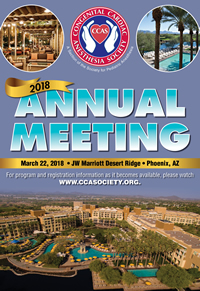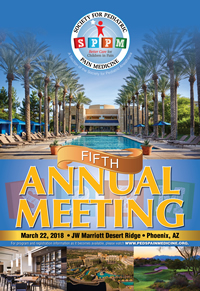NM-322
Anesthetic Considerations of a Patient with Nemaline Myopathy: A Case Report
Rochkind J, Masel B
University of Texas Medical Branch, Galveston, TX, United states
A 17 year old female with history of nemaline myopathy (NM) presented for a tenotomy, tendon lengthening, and gastrocnemius release. She has a history of general anesthesia at age three resulting in possible malignant hyperthermia (MH). Patient is tracheostomy and ventilator dependent, on chronic pyridostigmine for congenital myasthenic syndrome , and has history of chronic respiratory failure, cardiomyopathy, scoliosis and developmental delays. She also suffers from severe anxiety disorder including needle phobia.
NM is a rare congenital myopathy defined by generalized muscle weakness and the presence of nemaline bodies seen on muscle biopsy. It is associated with skeletal deformities and respiratory complications. Challenges of anesthetizing a patient with NM include concerns with MH, avoiding depolarizing muscle relaxants for risk of rhabdomyolysis and hyperkalemia, difficult intubation due to facial dysmorphism. pulmonary dysfunction, cardiomyopathy, and abnormal drug response.
MH precautions were taken which included flushing the machine and avoidance of all triggering agents. Midazolam and ketamine premedications were given through the gastrostomy tube thirty minutes prior to the operation. She was on home transport ventilator with back-up rate for apnea. Once the patient was in the operating room, we placed her on the anesthesia ventilator and gave 50% nitrous oxide while obtaining a peripheral IV. We then began total intravenous anesthesia (TIVA) using propofol drip and dexmedetomidine boluses. We avoided using succinylcholine, depolarizing muscle relaxants, and volatile anesthetics. We also avoided long-acting narcotics due to her myathenic syndrome. Pain control was achieved with acetaminophen, toradol, and fentanyl. Intraoperative hemodynamics and temperature were stable.
This case exhibited a complicated patient with an exceedingly rare muscular disease and multiple conflicting pathologies. This case required creative use of premedication for induction followed by a well performed TIVA that was conducive in preventing further muscle weakness due to her myasthenic syndrome.
Asai T, Fujise K, Uchida M. Anesthesia for cardiac surgery in children with nemaline myopathy. Anaesthesia 1992: 47: 405-8.
Kinger W, Rueffert H, Lehmann-Horn F, Girard T, Hopkins PM. Core myopathies and risk of malignant hyperthermia. Anesth Analg 2009; 109: 1167-73.
Shenkman Z. Spinal anesthesia for gastrostomy in an infant with nemaline myopathy. . Anesth Analg 2000; 91: 858-9.
Stackhouse R, Chelmow D, Dattel BJ. Anesthetic complications in a pregnant patient with nemaline myopathy. Anesth Analg 1994;79: 1195-7.
Tran NH, Smith D. Anesthetic consideration for patients with nemaline rod myopathy: a literature review. Pediatr ic Anesthesia and Critical Care Journal 2017; 5: 31-9.
Top











